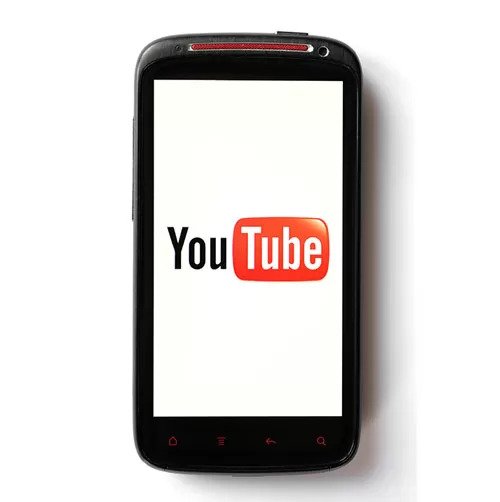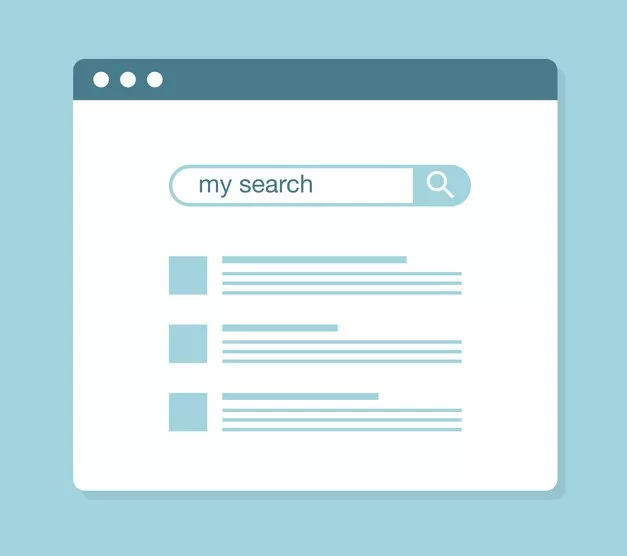To help you better understand and communicate more effectively with your SEO team, we’ve composed a 3-part series of basic SEO concepts and their related definitions. While there are many SEO terms, we’re focusing on those that are the most discussed and most basic SEO.
In this first segment of our SEO instructional, we’ll go over the fundamentals of on-page SEO concepts and definitions to help you become an SEO expert.
An overview of page content for basic SEO best practices and concepts
On-page text refers to the actual written content of a web page, and should be substantive in offering visitors valuable information. As search engine crawlers crave written content, a best practices checklist for evaluating your website’s pages should include:
Word count: While there is no universal “ideal” word count for all web pages, a generally accepted practice is to have at least 500 and preferably 2250 words per page, but this will vary by topic and the purpose of the page. Your most important content and SEO pages should trend towards longer length.
That said, Google does not value pages that are considered “thin,” so it’s important to make your web pages as robust as possible without “fluffing” the content with extraneous text to achieve a set word count.
Above-the-Fold Text: Since search engine crawlers “read” Web content from top to bottom, it is best to keep some text near the top of your pages. This is referred to as “above the fold” (think newspapers), meaning that the on-page text is visible on the screen immediately, without the reader having to scroll down past a huge image or multiple ads (the latter of which can invite a Google penalty) to get to the actual content. 
Keywords are the words that searchers are likely to use when entering a query for your industry vertical’s products and/or services in a search engine, such as Google or Bing. A search string that includes several words is a keyword phrase.
Integrating keywords into your on-page text (and strategically within your page's meta information, described below) is a basic SEO technique that enhances your site’s search visibility, both by increasing the likelihood that your pages surface in the search engine results pages (SERPs) in response to a specific query and by boosting their overall search rankings for those keywords.
An informed keyword strategy for content optimization will build in keywords so they are seamlessly woven throughout the on-page text, and the content flows naturally for the reader.
Keyword stuffing is when the target keyword appears more than 10% of the text proportionally. We recommend 3-5% keyword density.
Long-tail keywords: Long-tail queries – those searches that contain more than 3 words – present excellent opportunities to capture traffic. Long-tail keyword phrases tend to be far more precise in user intent and can render more relevant results than generic keywords consisting of one or two words. Page content crafted to answer long-tail search queries can result in higher conversions and a greater overall share of organic search traffic than single, highly competitive keywords used by most in your industry’s vertical.
Duplicate content means precisely that: your site has content that is duplicated elsewhere, whether within its own Web pages or on another website altogether.
Duplicate content may result from inadvertently repeating the same information throughout your site, like having duplicate meta information (discussed below) on your Web pages. Other accidental sources of duplicate content can stem from print-only versions (PDFs) of Web pages, e-commerce items that are shown on or linked to other pages, or mobile-friendly replications of your website.
If you find that your site requires pages with duplicate content, there are several ways you can let search engines know the preferred Web page to be displayed in its SERPs (called “canonicalization”). At best, Web pages containing duplicate content will be filtered out from search results. At worst, if it’s a result of scraping content from another site, or if it’s perceived to be an attempt to “game” search results with multiple listings of the same content, then you may face a penalty.
SEO tips for leveraging meta information
Meta information, also referred to as meta data, is the overarching information a search engine uses to determine what your site’s Web pages are about, and what it displays when indexing individual pages in its SERPs. The most critical Meta data for SEO are titles and descriptions.
Meta Title or title tag is the one-sentence line of text that serves to denote the subject of a Web page. Meta Titles do heavy lifting in the search space as they correspond to the individual, “clickable” search results listed in the SERPs. As such, each needs to be carefully honed with attention to keywords, length, and uniqueness.
When optimizing your Web page Meta Titles, best practices include: Incorporating one or two of your primary Web page keywords, while keeping them within 55 characters, including spaces.
Longer Meta Titles may be shortened (truncated) with ellipsis (a series of period marks, as in …) or Google may use machine logic to rewrite it. It’s important to note that using large font sizes and capitalized words may further abbreviate the length of Meta Titles. It is essential to craft a Meta title that is unique to the Web page to avoid duplicate content issues, and that accurately reflects the page’s content.
Read our guide to writing effective and optimized SEO title tags.
Meta Description is text that follows your Meta Title in the SERPs, conveying further details about the Web page content. Meta descriptions claim more SERP “real estate,” with up to 156 characters (including spaces) allowed before being truncated with ellipsis.
As with Meta Titles, it is important the Meta Description is unique to each Web page and represents the content accurately. Meta descriptions should also be compelling to encourage click through as they present a great opportunity for keyword optimization (within reason, avoid “keyword stuffing”) and a call to action.
Read our 5 tips for SEO meta description success in 2018.
Meta Keywords is simply a list of the Web page’s keywords separated by commas (,). Google has said they do not use them, but international sites still do, so there can be value in populating the meta keywords.
Optimizing on-page content with these SEO best practices tips
Structuring your on-page content with a visual hierarchy helps readers navigate it more easily (think “scanning”) and search engines “understand” it better. The basic SEO tools for organizing on-page text are heading tags:
Heading tags indicate the structure of Web page content, cuing both the search engines and readers as to the hierarchy of importance of the on-page text.
H1 tag denotes the most important “headline” of a Web page, much like the main headline of a newspaper. The H1 heading tag will render the largest text on a Web page, and a best practice is to have only one H1 tag per page. The H1 tag serves as an “umbrella” under which H2 tags (sub-headings) are placed, indicating content of secondary importance. In turn, H3 tags and accompanying page content would be placed under the H2 tags and content.
The hierarchy of heading tags ranges from the H1 to H6, with H6 representing the least important content of a Web page. Most Web page content calls for only H1 through H3 heading tags. Note that it’s important to keep heading tag character count (including spaces to 70) and to not over-use them as it disrupts the flow of content and may be visually overwhelming to readers.
Rich media, meaning images and video, are rapidly gaining momentum as a preferred user medium and search visibility best practice. As rich media is an overall Web trend, it is a smart practice to incorporate image and video content to complement text in your overall on-page optimization strategy.
Search engine crawlers can “read” and "watch" rich media content, but it consumes a lot of resources or crawl budget. What follows are best practices for allowing them to do so with the use of written titles, descriptions and tags, much like you would do with on-page text optimization. This will enhance Web page visibility in Google’s Image Search and Google Videos, as well as YouTube (if you use YouTube as an independent channel or link it to your on-page video content).
An essential point to remember is to tie your rich media content to the correlating on-page page text in using the same brand keywords and other relevant keywords used, including those incorporated in your Meta information.
Check out our guide to how to succeed with YouTube SEO and the art of SEO image optimization.
Image optimization: While there are several factors to consider when optimizing images, the most important are image titles (referred to as “filenames”), and “alt attribute” or “alt text” (meaning “alternative text” describing the image):
Filename, or the title assigned to an image, should be a brief, unique and accurate line of text of what the image portrays. Brevity is key, and a best practice is use hyphens ( - ) for spaces and all lowercase letters. For example, red-shoe is preferable to Red_Shoe.
Alt text, or the written text describing the image, provides details about what the image depicts. This is important for those with visual impairment and who use screen-reading functionality to explain what’s on the page. Keep it brief (within 100 characters, including spaces), and strive for uniqueness and accuracy.
Video optimization: The most essential principles for optimizing videos are titles, descriptions and tags: Titles for your on-page videos, like your Web page Meta titles themselves, should distinctly, precisely and briefly describe the video content, as well as reflect the relevant keywords used in the Web page’s content and Meta information (while avoiding excessive use). 
Descriptions for your on-page videos, like your Web page Meta Descriptions, allow more room in terms of character count for providing details as to what the video is about. As with video titles, video descriptions should include the keywords incorporated in the corresponding on-page text and Meta information when applicable.
Tags are single or two-word Website page “categories” that serve to highlight and leverage brand and other significant keywords associated with the on-page text and Meta information.
This concludes Part 1 of our guide to basic SEO concepts – we hope you found it helpful! Stay tuned for Part 2 on linking concepts and search engine directives, and finally, Part 3, which delves into more techie/geek-speak of SEO lingo.
Track your SEO reporting with customizable dashboards and easily report them to the CEO.


